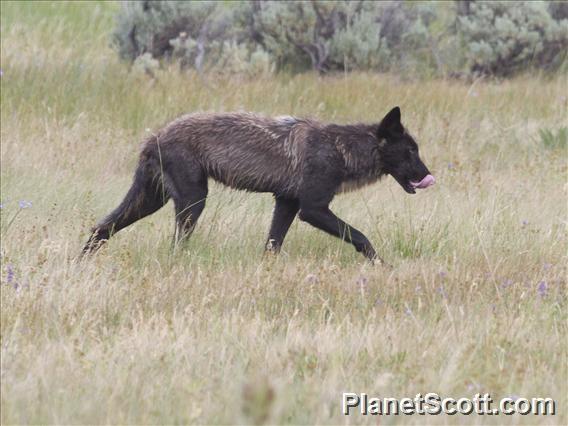Gray Wolf (Canis lupus)


About Gray Wolf (Canis lupus)
- Kingdom: Animals
- Phylum: Chordates
- Class: Mammals
- Order: Carnivorans
- Family: Canidae
The wolf, also known as the grey wolf or gray wolf, is a canine native to Eurasia and North America. More than thirty subspecies of Canis lupus have been recognized, including the dog and dingo, though grey wolves, as popularly understood, include only naturally-occurring wild subspecies. The wolf is the largest wild extant member of the family Canidae, and is further distinguished from other Canis species by its less pointed ears and muzzle, as well as a shorter torso and a longer tail. The wolf is nonetheless related closely enough to smaller Canis species, such as the coyote and the golden jackal, to produce fertile hybrids with them. The wolf's fur is usually mottled white, brown, grey, and black, although subspecies in the arctic region may be nearly all white.
Source: Wikipedia
Lifelists
Visits
-
2006-02-16
Ocean Beach, United States of AmericaSsp. familiaris. Many of them offleash and chasing birds. -
2006-11-17
Quilatoa, Ecuadorssp. familiaris, Rambo served as protection from loose dogs on our trek. Rambo also finished the copius portion of banana bread that was leftover from dinner. -
2008-08-08
Krasnoyarsk - Yenesey South Bank, RussiaA pack of them kept me from entering a forested area. subspecies familiaris -
-
-
-
2011-07-15
Pantanal, Brazil -





